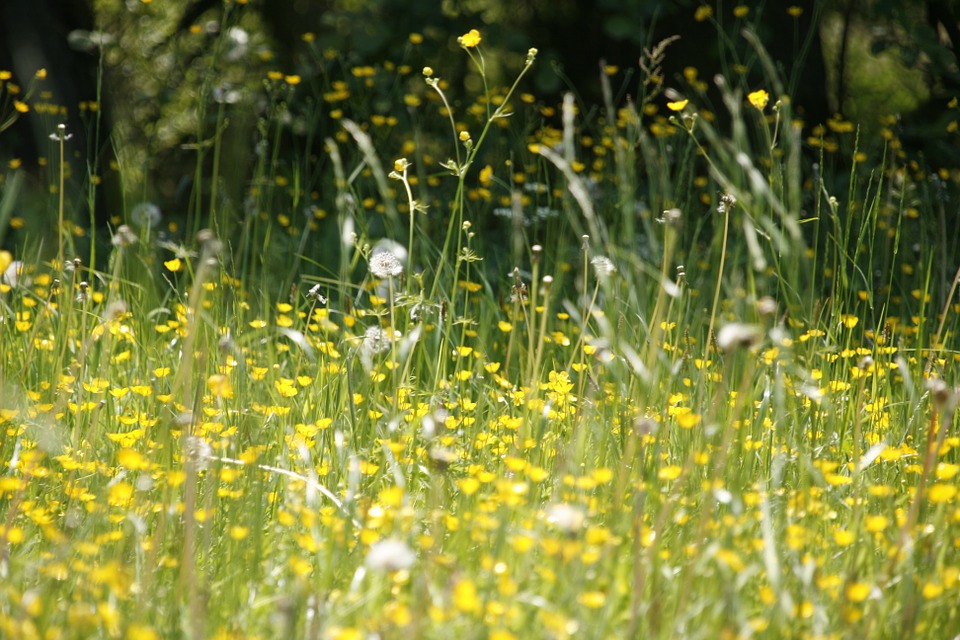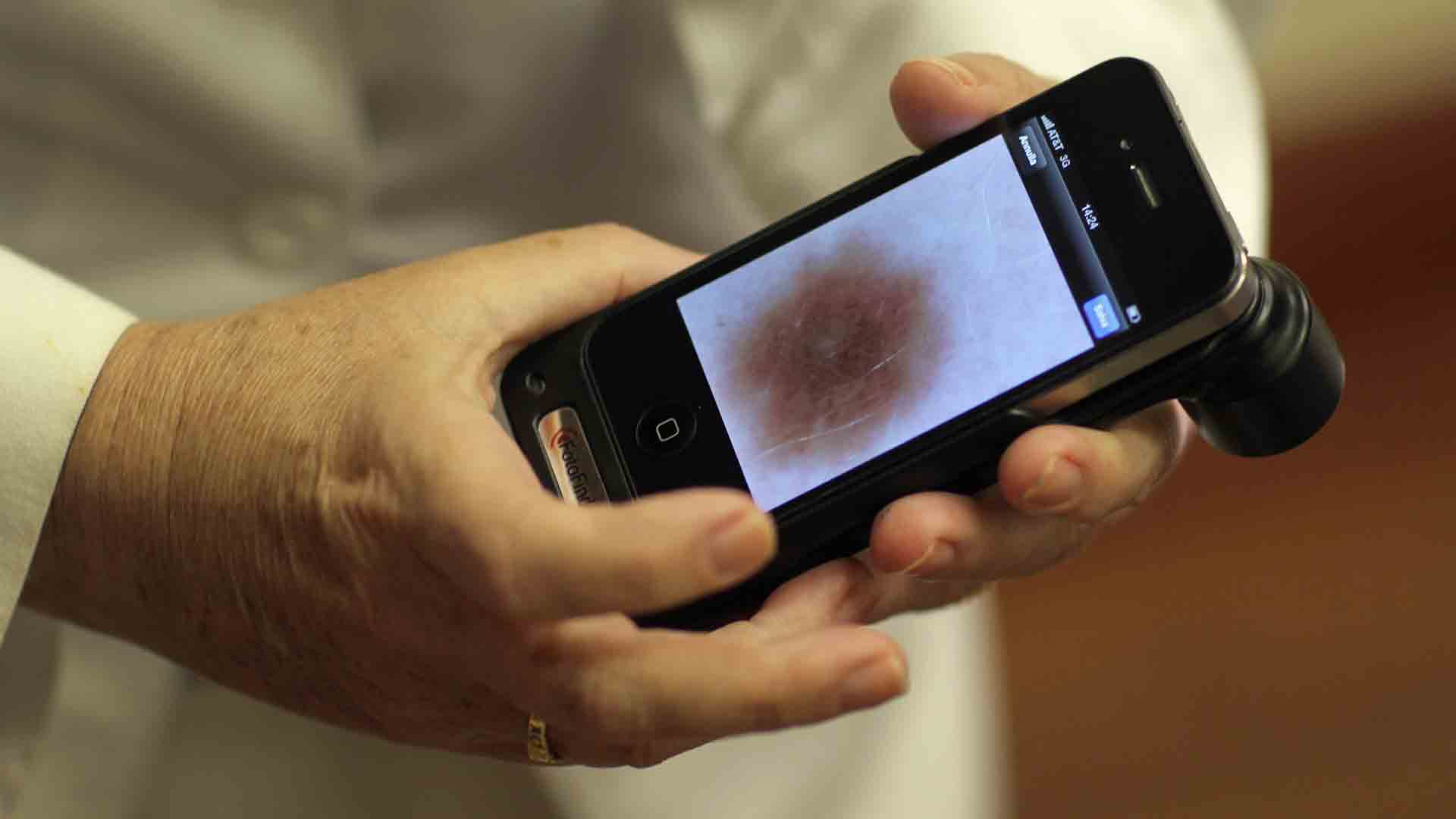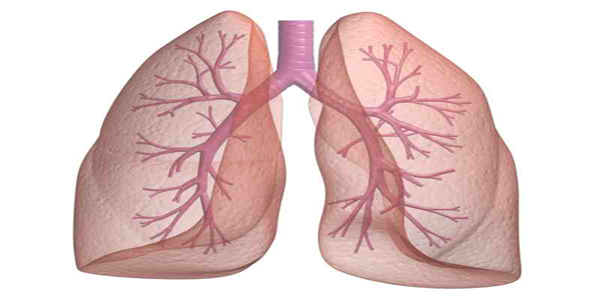Juliana Kichkin
Hay fever – everyone, even the most robust of us, seems to have a story of an allergy attack that came out of the blue at an inconvenient moment. As we’re entering spring, sales in handy pocket tissues are set to skyrocket as three million Australian adults – 15 per cent of the population will greet the spring and summer months with watery eyes, a running nose, itchy throat and sneezing.
So what exactly causes the symptoms we all know and try to avoid? When people are exposed to particular pollens, their body interprets this as a threat and triggers an allergic reaction. Inflammatory cells quickly release mediators such as histamine and that’s when the symptoms kick in.
Particular types of pollens that are seasonal also contribute to symptom outbursts. Grass pollens are the major outdoor allergen trigger for hay fever in Australia, with the peak in Sydney falling in spring and reaching a peak during late summer.
The wholesale turnover of drugs to treat hay fever has doubled from 2000, as a number of oral medications, nasal sprays and eye drops have become available.
Antihistamines have been used to manage hay fever for decades and can be the first-line treatment for those with mild or occasional hay fever. Before heading out for the morning commute, taking an antihistamine before exposure to outside pollens will provide better protection.
Rinsing the eyes with an artificial tear solution of saline fluid can also be very soothing.
Antihistamines treat itching, sneezing and watering symptoms effectively, however they don’t relieve nasal blockage very well. Decongestant tablets and sprays can do this job, but they are limited to relieving symptoms and don’t resolve the underlying inflammation.












